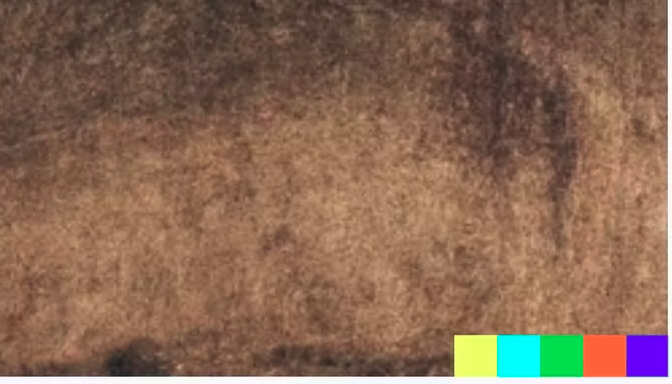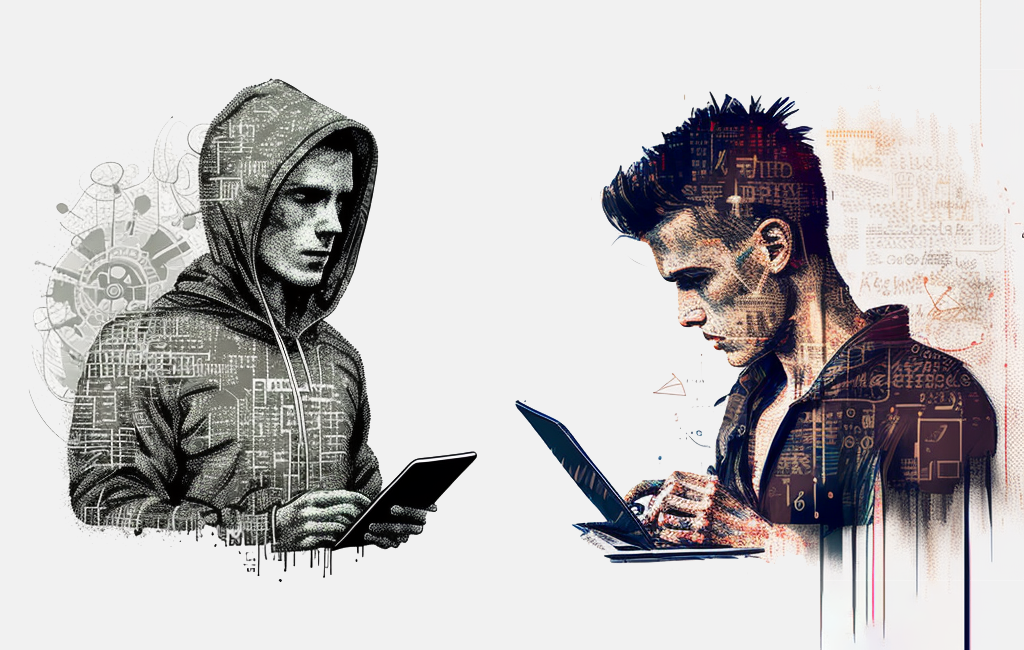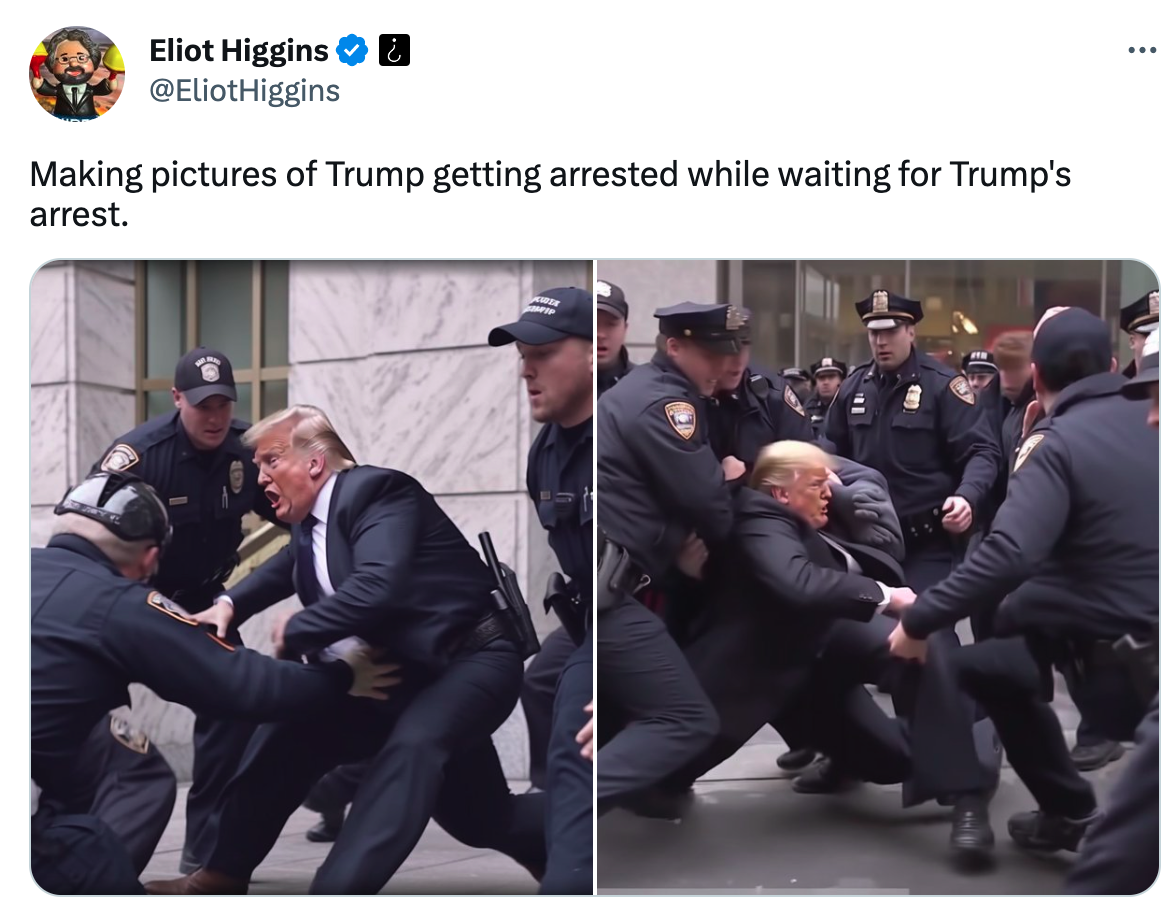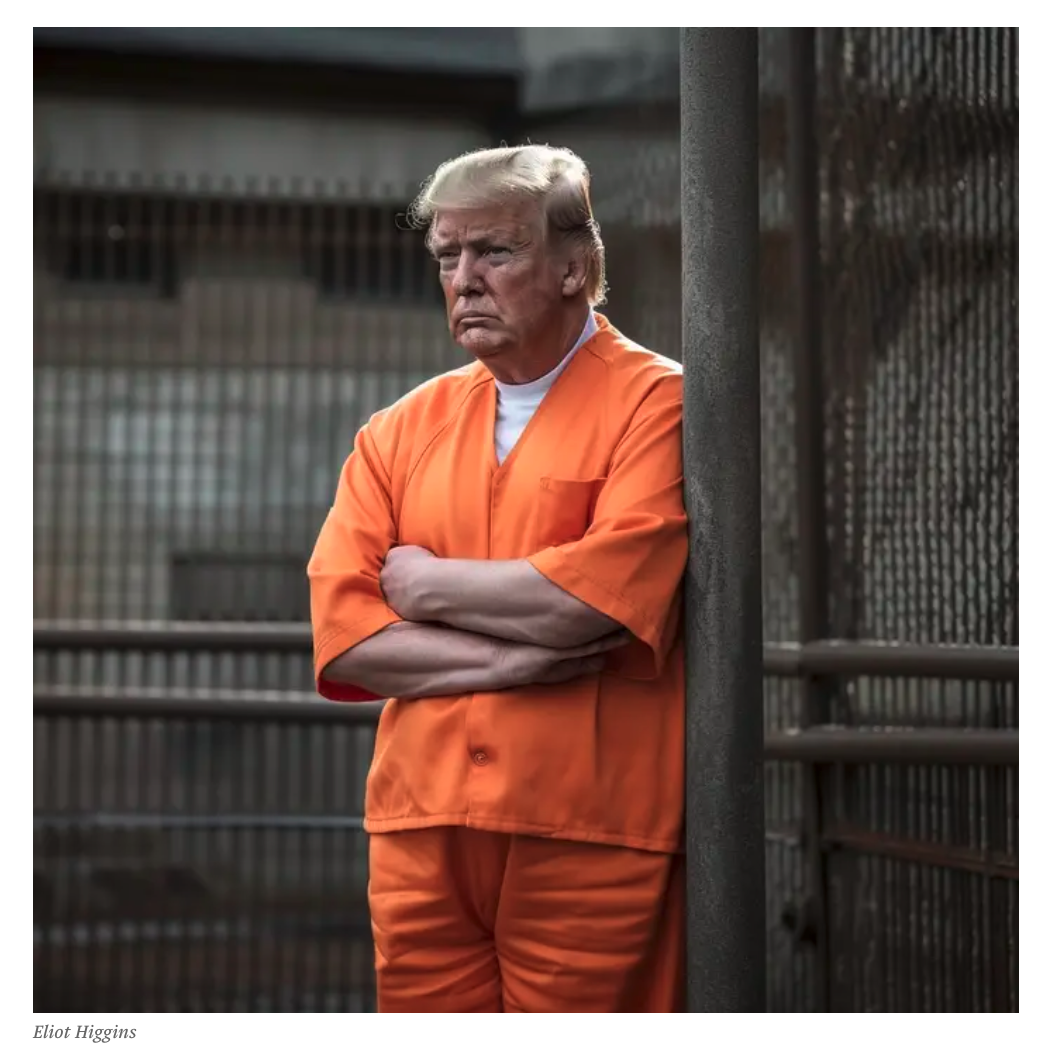
The Morning Meeting with Al Tompkins is a daily Poynter briefing of story ideas worth considering and more timely context for journalists, written by senior faculty Al Tompkins. Sign up here to have it delivered to your inbox every weekday morning.
While a grand jury considers whether to recommend the indictment of former President Donald Trump, people who can’t wait to see Trump’s arrest are using artificial intelligence to create fake images of him being chased by cops, posing for a mugshot and fighting officers trying to arrest him.
Eliot Higgins, founder of the investigative group Bellingcat, used an AI tool called Midjourney to produce 50 images imagining what the former president might look like being arrested and later, breaking out of jail. Some of the images making the rounds have been viewed millions of times. Higgins posted the images on Twitter and explained he made the fake “photos” by simply entering the text: “Donald Trump falling over while getting arrested. Fibonacci Spiral. News footage.”
Higgins said that Midjourney banned him yesterday and has also stopped users from making images that include the word “arrested” in the text-to-image description box.
The images serve as a warning that this kind of high-profile incident will undoubtedly produce a trainload of fakes, and that is what Higgins said he intended to illustrate. The Associated Press reports:
Midjourney recently launched the more advanced model, which has the ability to produce more photorealistic images, compared to previous models.
“The Trump arrest image was really just casually showing both how good and bad Midjourney was at rendering real scenes, like the first image has Trump with three legs and a police belt,” Higgins said in an email to The Associated Press. “I had assumed that people would realize Donald Trump has two legs, not three, but that appears not to have stopped some people passing them off as genuine, which highlights that lack of critical thinking skills in our educational system.”
Another widely-circulating fabricated image — depicting five officers holding Trump by the arms — was not created by Higgins, but also shows hallmarks of some AI-generated images, including distorted hands.
When I’m teaching about AI images and videos I tell journalists that while it is increasingly difficult to spot AI-generated images, there are signs to watch for.
- Did the author/creator disclose how the image was captured? They don’t have to make such a disclosure, but some do, especially if they are just having some snarky fun or demonstrating the capacity of today’s technology.
- Some generators, like DALL-E 2, generate a watermark in the bottom right corner of the AI-generated image (Midjourney, which Higgins used, does not generate a watermark). Of course, it would be easy enough to crop that out, but it is a clue. The watermark looks like this:

(DALL-E 2)
- Look for oddities, called remnants. This is your best shot at an easy detection. I find that most often AI has trouble with hair and jawlines. Also look for mismatched earrings and eyeglasses. Go to ThisXDoesNotExist to practice your fake-spotting skills.
MakeUseof.com also recommends:
Spot the Deepfake is Microsoft’s 10-question quiz to educate you about deepfakes and try to detect them. It will point out both the signs in a video to watch out for, as well as the signs within yourself. Factors like motivation, emotional reaction, and others can be great indicators of deepfakes.
MIT’s Detect Fakes is another short quiz to compare two videos side-by-side. One is real, the other is fake. Can you figure out which one is the deepfake? MIT offers a hint for each test, and after you answer, educates you about the signs you should look for.
‘Which Face Is Real?’ shows a real person’s photo alongside a picture generated by AI. You have to click on the real one. Try the test, you’ll be shocked by how often you are faked out into thinking an AI-created photo is a real person.
Be alert also for real videos that are taken out of context. USA Today, for example, explored a social media post that said it showed a big crowd of Trump supporters gathering to protest his arrest. The video is actually from 2020. USA Today explains how to quickly spot the fake video post by comparing videos frame-by-frame.
Early spring + warm temperatures + climate change = >pollen allergies
Everybody I know is hacking and coughing and sitting in line for the car wash. On top of an “early spring” that produced a bumper crop of pollen, there is a shortage of one of the most commonly prescribed drugs for people with breathing problems, including allergies and asthma.
The Food and Drug Administration recently warned that the shortage of liquid albuterol that began last summer will likely continue for a while. CNN explains:
It has been on the US Food and Drug Administration’s shortages list since October. The news of the plant shutdown worries some doctors who work with patients with breathing problems such as asthma.
“This is definitely concerning, especially as we are coming out of the respiratory season where we had a big demand with RSV, Covid-19 and flu, and are now heading into spring allergy season when a lot of kids and adults experience asthma symptoms,” said Dr. Juanita Mora, a national volunteer medical spokesperson for the American Lung Association and an allergist/immunologist based in Chicago. “This is a life-saving drug and being able to breathe is vital for everyone.”
The Asthma and Allergy Foundation of America says these are the pollen allergy capitols of America in 2023:
And in these 29 cities, the foundation says pollen allergies will be and are worse than normal this year:
The Asthma and Allergy Foundation says climate change is going to make life more challenging for the millions of Americans who suffer from seasonal allergies. Here’s why:
Longer and more intense allergy seasons and increased asthma/allergy triggers caused by climate change particularly impact people with allergies and asthma. Warmer temperatures and increased levels of CO2 lead to longer growing seasons that change flowering time and increase pollen. Research shows pollen seasons now start 20 days earlier, and last 10 days longer, compared to 30 years ago.
Researchers found that climate change is responsible for about 50% of the increase in pollen seasons and about 8% of the increase in pollen concentrations. Pollen particles in the air have known health effects, especially in the lungs and airways. Previous research has shown that increased pollen can have negative effects on allergies and asthma, viral infections, school performance, and emergency room visits.
This winter has been unusually warm in some parts of the country, so pollen season arrived early and robustly this year. The Washington Post calculates:
(S)pring leaves appeared up to 20 days early in the eastern half of the country. The South experienced its earliest arrival of spring in four decades.
High pollen counts followed suit, according to Pollen Sense sensors. Atlanta saw “extremely high” pollen counts in March, according to Atlanta Allergy & Asthma’s pollen counting station. In D.C., tree pollen count reached a record high in February.
Let’s include one more listing of specific kinds of pollen rankings. Notice Wichita, Kansas, wins all three categories.
40% of adults sleep with a stuffed animal
A research group doing work for the Build-a-Bear company found that four out of 10 American adults sleep with a stuffed animal. More than half of the stuffed toys American adults cuddle up with are at least two decades old.
Researchers say there could be a lot of good reasons stuffed animals — even those we have held on to for a long time — might be comforting. They may have familiar smells and experts say they are ”transitional” objects that even in adulthood can help comfort you even as they did when you were a child. Sleep.com explains more:
When you take that stuffed fox out of storage as an adult, you’re “attempting to relive that sense of security that [you] associate with a childhood bedtime ritual,” says Dr. Tracey Jones.
That sensation isn’t limited to childhood. In times of uncertainty, the object can step in for comfort. For musician Steve Schofield, the uncertainty of the early days of the pandemic led him to seek out a soft, grey stuffed elephant named Nelle.
“If you’re struggling with loneliness or dealing with a complex emotional situation, having something for comfort can really help,” says Schofield.
Without the audiences and interaction provided by touring and the traditional support system of friends on the road during the early months of the pandemic, he turned to this cuddly buddy while he sheltered in place.
“It’s just the support of knowing that it’s there and [that] it’s not going anywhere,” Schofield says. “It’s my support against the world while I sleep.”
This is such a personal issue for some people. The Daily Mail once asked celebrities to show their childhood stuffed animals and explain why they mattered so much. Betty White famously devoted a whole room in her homes to stuffed animals and she said she spoke to them daily.












